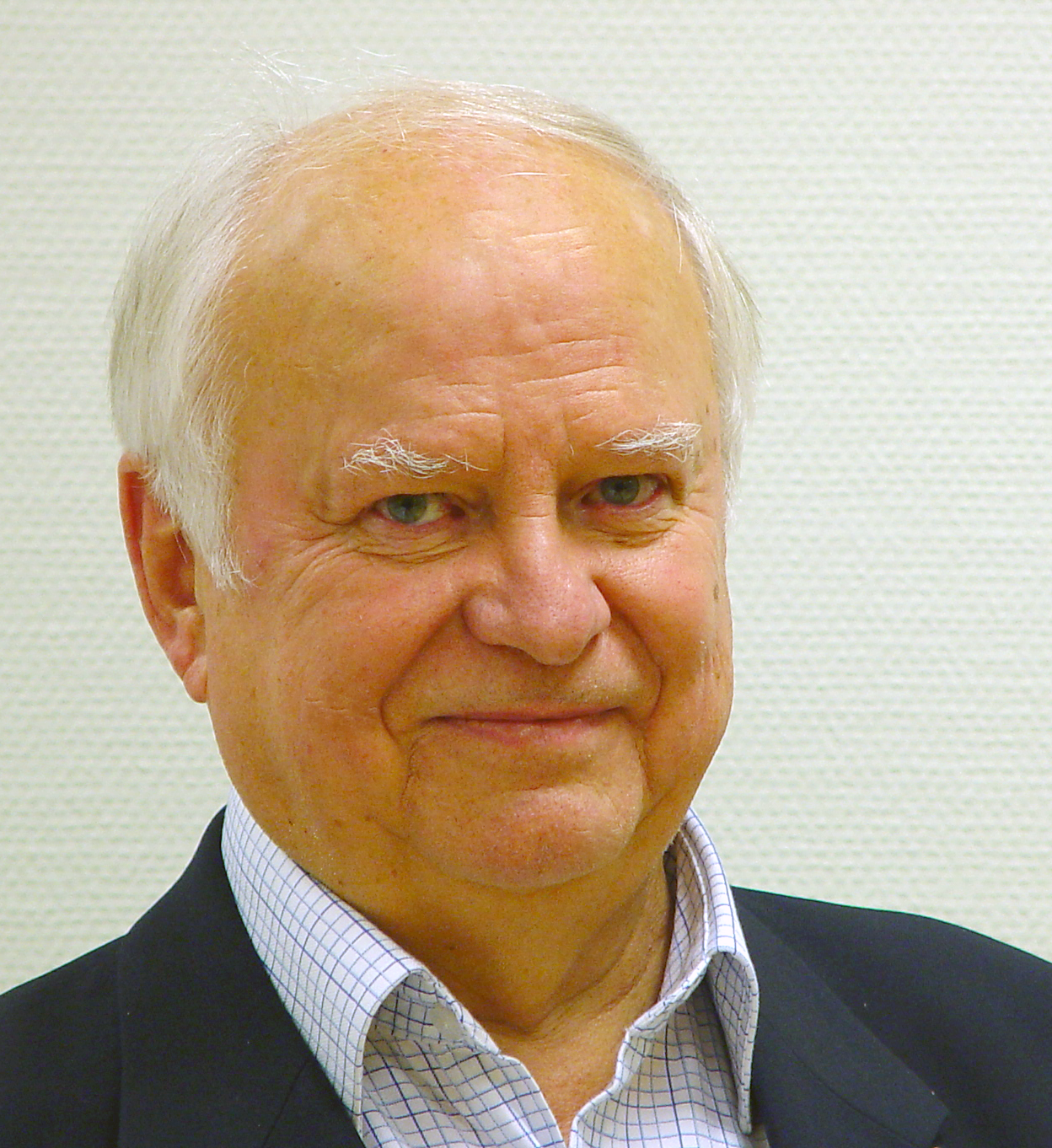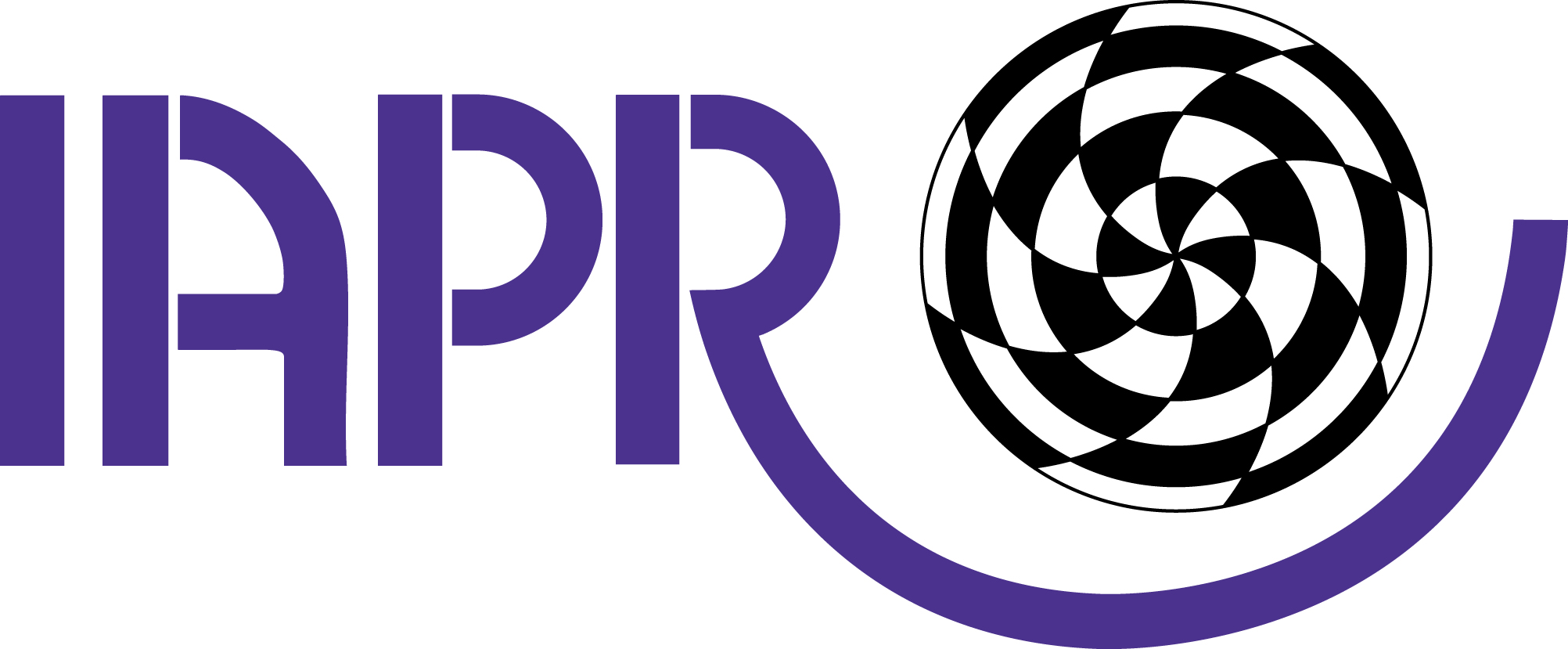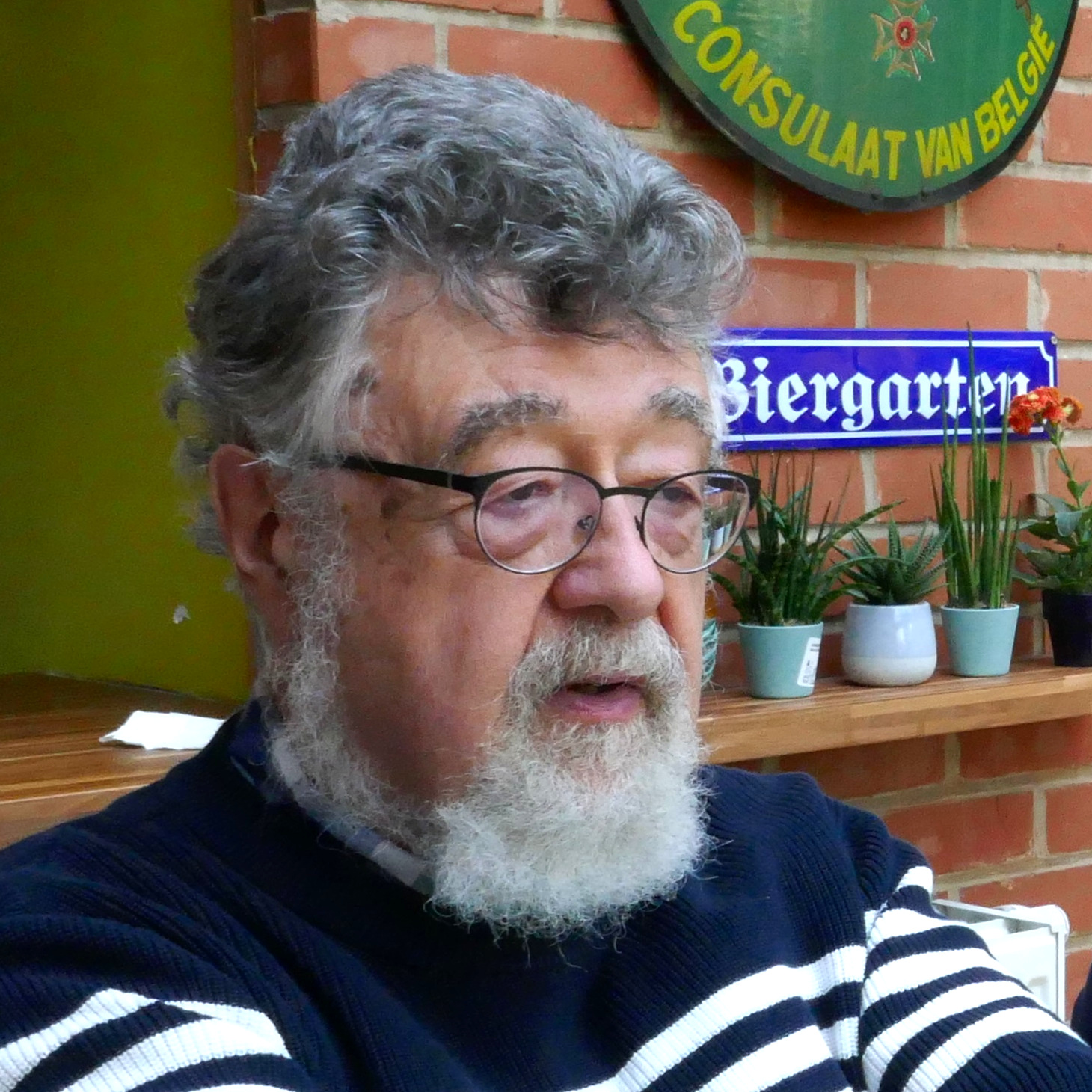
|
IAPR Second International Conference on Discrete Geometry and Mathematical Morphology
24-27 Oct 2022 Strasbourg (France)
|
|
|
|
Keynote speakers

Isabelle Bloch, Sorbonne Université, France
Biography: Isabelle Bloch graduated from the Ecole des Mines de Paris, Paris, France, in 1986, and received the MSc degree from the University Paris 12, Paris, in 1987, the PhD degree from the Ecole Nationale Supérieure des Télécommunications (Télécom Paris), Paris, in 1990, and the Habilitation degree from University Paris 5, Paris, in 1995. She has been a Professor at Télécom Paris until 2020 and is now a Professor at Sorbonne Université. Her current research interests include symbolic and hybrid artificial intelligence, explainability, 3D image understanding, mathematical morphology, information fusion, fuzzy set theory, structural, graph-based, and knowledge-based object recognition, spatial reasoning, and medical imaging.
Title: Hybrid AI for knowledge representation and model-based medical image understanding - Towards explainability
Abstract: This presentation will focus on hybrid AI, as a step towards explainability, more specifically in the domain of spatial reasoning and image understanding. Image understanding benefits from the modeling of knowledge about both the scene observed and the objects it contains as well as their relationships. We show in this context the contribution of hybrid artificial intelligence, combining different types of formalisms and methods, and combining knowledge with data. Knowledge representation may rely on symbolic and qualitative approaches, as well as semi-qualitative ones to account for their imprecision or vagueness. Structural information can be modeled in several formalisms, such as graphs, ontologies, logical knowledge bases, or neural networks, on which reasoning will be based. Image understanding is then expressed as a problem of spatial reasoning. These approaches will be illustrated with examples in medical imaging, illustrating the usefulness of combining several approaches.

Christer Kiselman, Uppsala University, Sweden
Biography: Christer Oscar Kiselman is a mathematician who speaks Swedish, Esperanto, English and French. He worked for many years on complex analysis and complex geometry, in particular on lineal convexity, a branch of science where André Martineau (1930--1972) was a pioneer. Christer now does research mainly on digital geometry, mathematical morphology and discrete optimization, and published a book on these topics in January of 2022.
Invited by 
Title: Digital geometry, mathematical morphology, and discrete optimization
Abstract: Discretization is an important procedure in contemporary mathematics. Discrete objects, like carpets and mosaics, have been around for thousands of years, but now the presence of computers and digital cameras have made them ubiquitous. Mathematical morphology was created in the 1960s and can be characterized as the science of shape description. It grew out from a desire to make Boolean algebra more precise. Finally, discrete optimization is a natural modification of optimization using real variables when we live in a discrete setting.

Nicolas Courty, University Bretagne Sud, France
Biography: Nicolas Courty is Full Professor at University Bretagne Sud <http://www.univ-ubs.fr/> since 2018. He obtained his PhD degree in 2002 from INSA Rennes and his 'Habilitation à diriger des recherches' in. 2013, on the topic of computer graphics and animation (avatars, crowds), with a specialization in data-driven methods. He now leads the Obelix <https://www-obelix.irisa.fr/> team in IRISA, dedicated to machine learning and its applications to Earth Observation. He is an experienced researcher in the domain of machine learning and AI. Among others, he has published several papers in top tier machine learning conferences (NeurIPS, ICLR, ICML, AISTATS, etc.), computer vision (IEEE TPAMI, ECCV, ACCV) and remote sensing (IEEE TGRS, ISPRS journal). From 2014, he has developed an expertise in the domain of optimal transport and related applications to machine learning. From 2020, he pilots an ANR Chair program on AI (OTTOPIA), on the topic of applied optimal transport for Remote Sensing.
Title: Sliced Wasserstein on Manifolds: Spherical and Hyperbolical cases
Abstract: Optimal transport has received a lot of attention into the machine learning and computational geometry communities recently. Many variants of the associated Wasserstein distance have been introduced to reduce its original computational burden. In particular the Sliced-Wasserstein distance (SW), which leverages one-dimensional projections for which a closed-form solution of the Wasserstein distance is available, has received a lot of interest. Yet, it is restricted to data living in Euclidean spaces, while the Wasserstein distance has been studied and used recently on manifolds. In this talk I will discuss novel methodologies to transpose SW to the Riemannian manifold case. By appropriately choosing a proper Radon transform, we show how fast and differentiable algorithms can be designed in two cases: Spherical and Hyperbolic manifolds. After discussing some of the theoretical properties of those novel discrepancies, I will showcase applications in machine learning problems, where data naturally live on those spaces.
Honor speaker

Christian Ronse, University of Strasbourg, France
Biography: Born in 1954, Christian Ronse studied pure mathematics at the Université Libre de Bruxelles (Licence, 1976) and the University of Oxford (M.Sc., 1977; D.Phil., 1979), specialising in group theory. Between 1979 and 1991 he worked as a researcher at Philips Research Laboratory Brussels, investigating first switching networks and feedback shift registers, then image processing, in particular discrete geometry, connectivity, and thinning, and finally the lattice-theoretical basis of mathematical morphology. After one year in the Université Bordeaux-I (H.D.R., 1992), he joined in October 1992 the Université de Strasbourg as Professor of Computer Science. His research activities have focused on mathematical morphology, lattice theory, connectivity theory, discrete geometry, and their applications in medical image analysis. He supervised 10 doctoral theses in image processing. In the early 2000's, locally, he initiated the regroupment of discrete geometry, mathematical morphology and image processing in the MIV (now IMAGeS) team, and internationally, he set up the ISMM steering committee and headed ISMM'2005. Since his retirement in December 2020, he is Professor Emeritus.
Title: Reflections on a Scientific Career and its Possible Legacy
Abstract: I give the history of my research career, its evolving scientific topics, my main results, and how the computer science and image processing community reacted to them. I briefly describe my current research on generalised flat morphology based on threshold summation. I finally discuss possible future developments arising from my works, to be pursued by a new generation.

